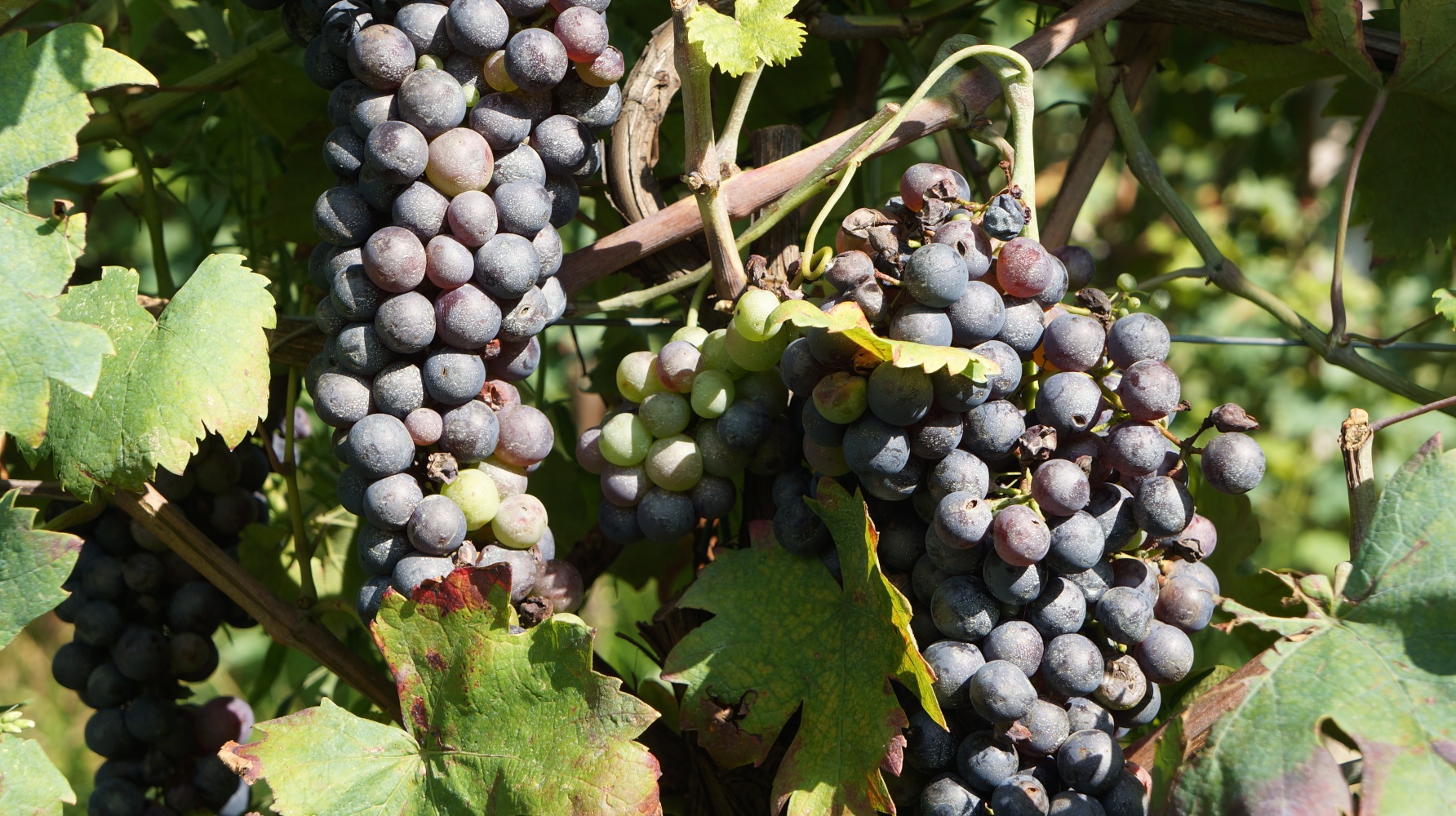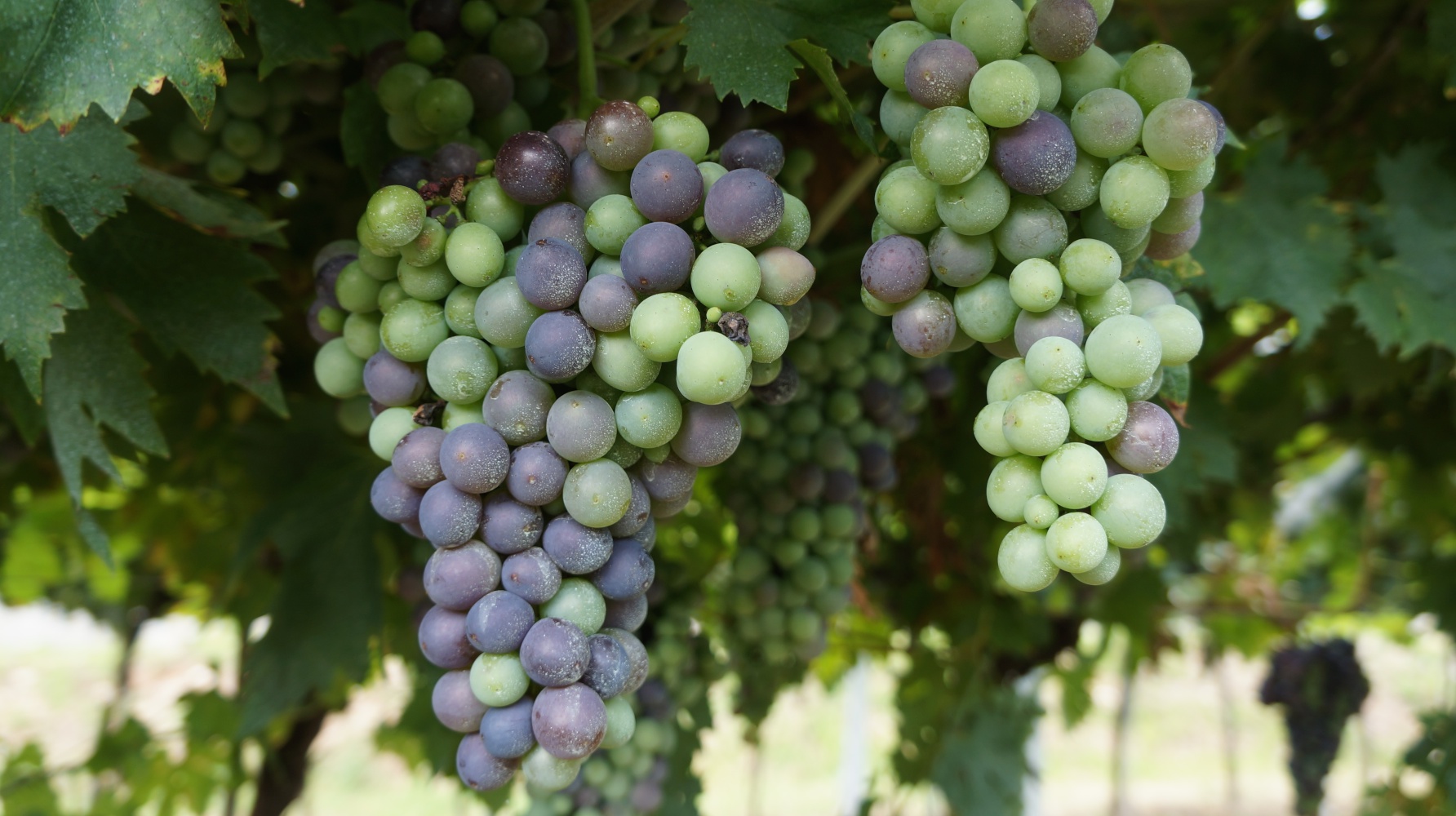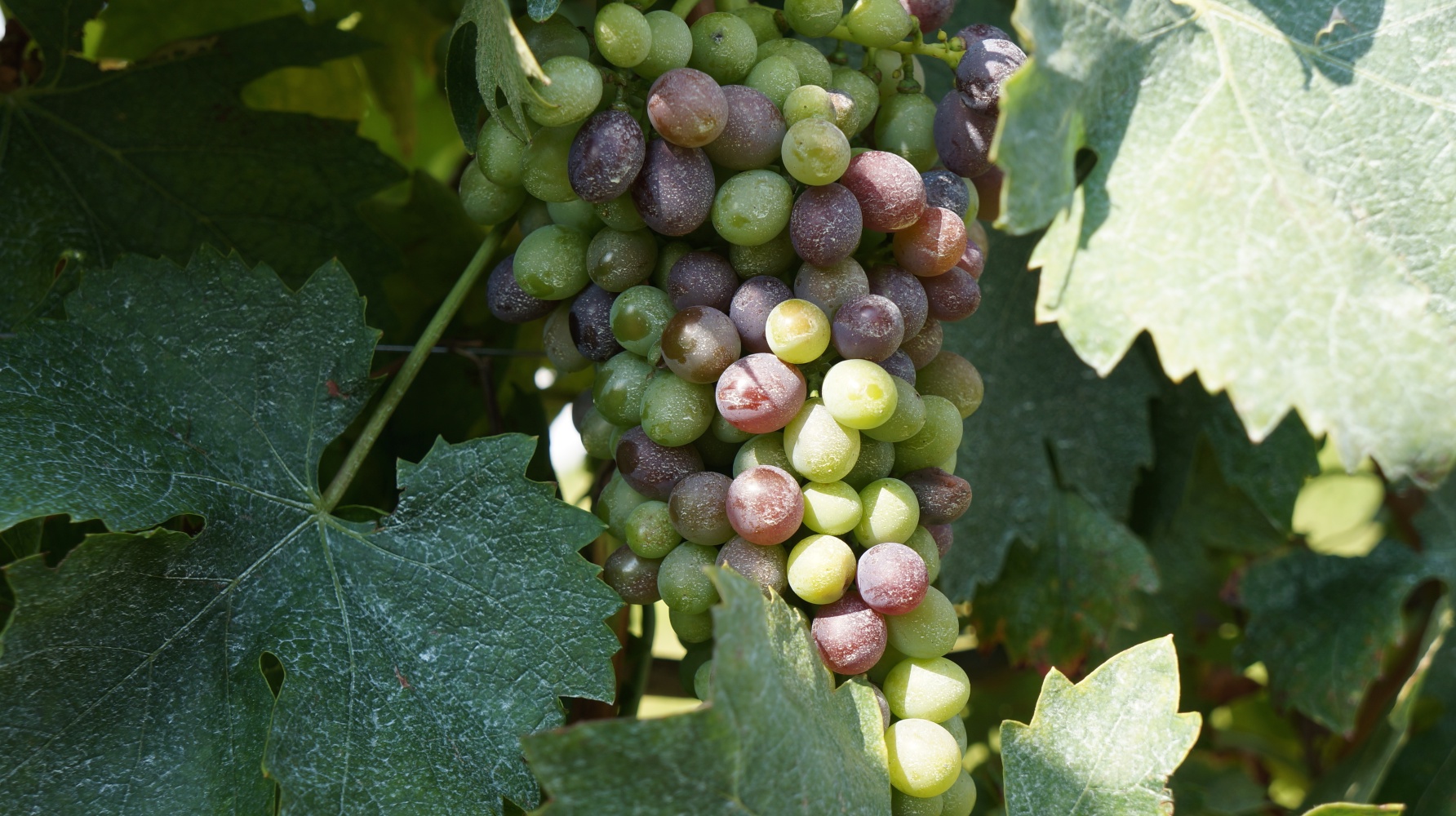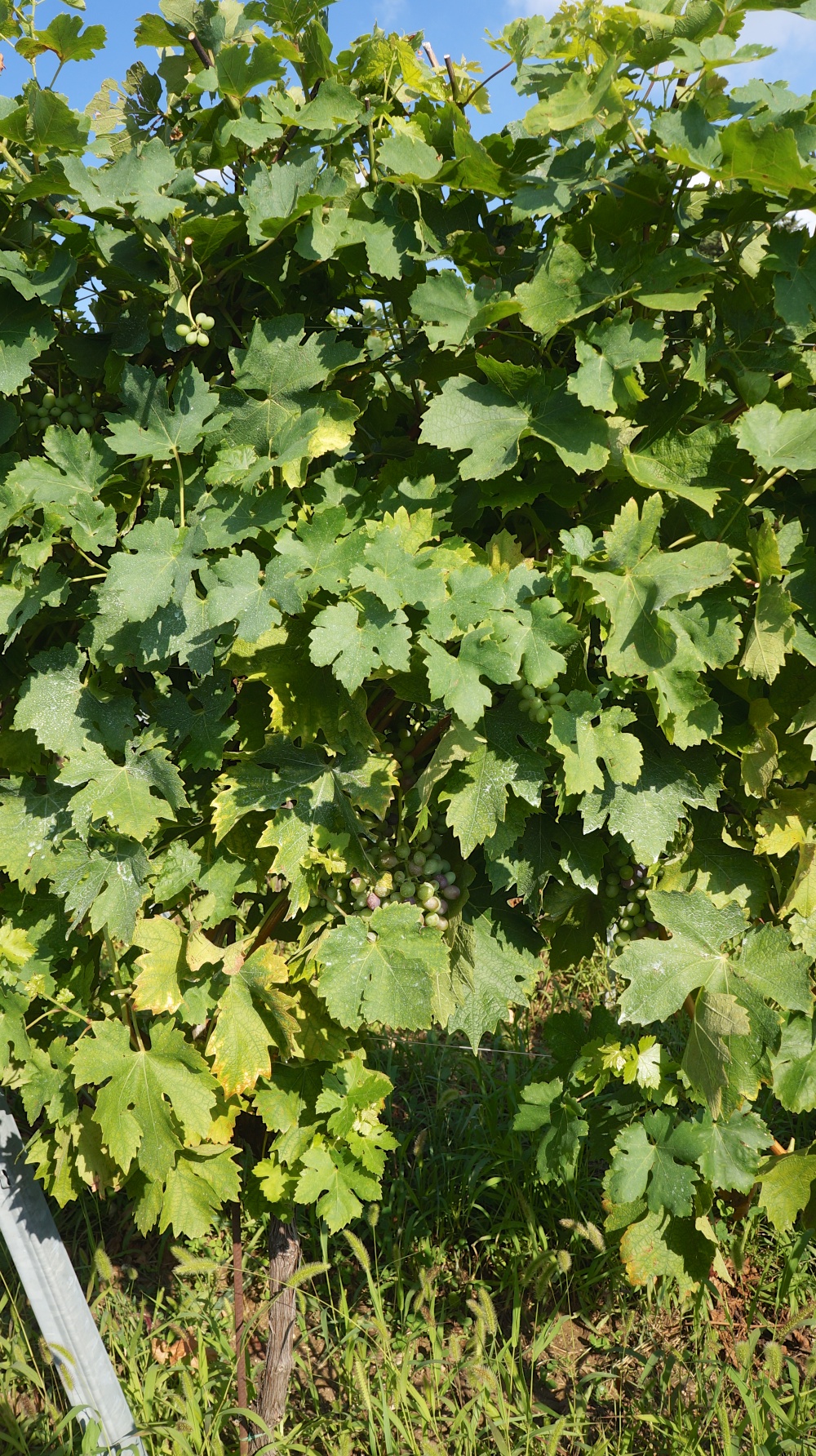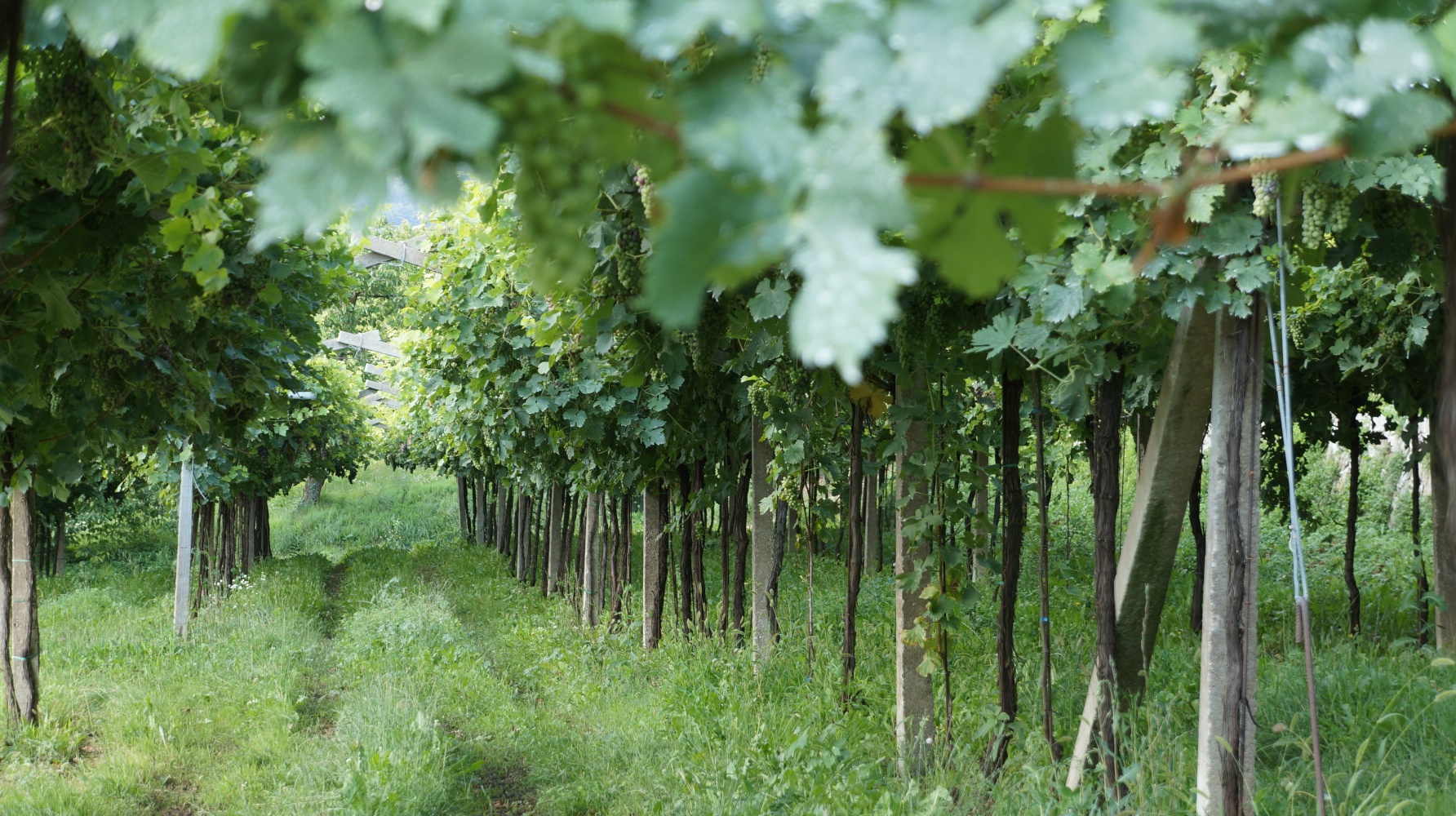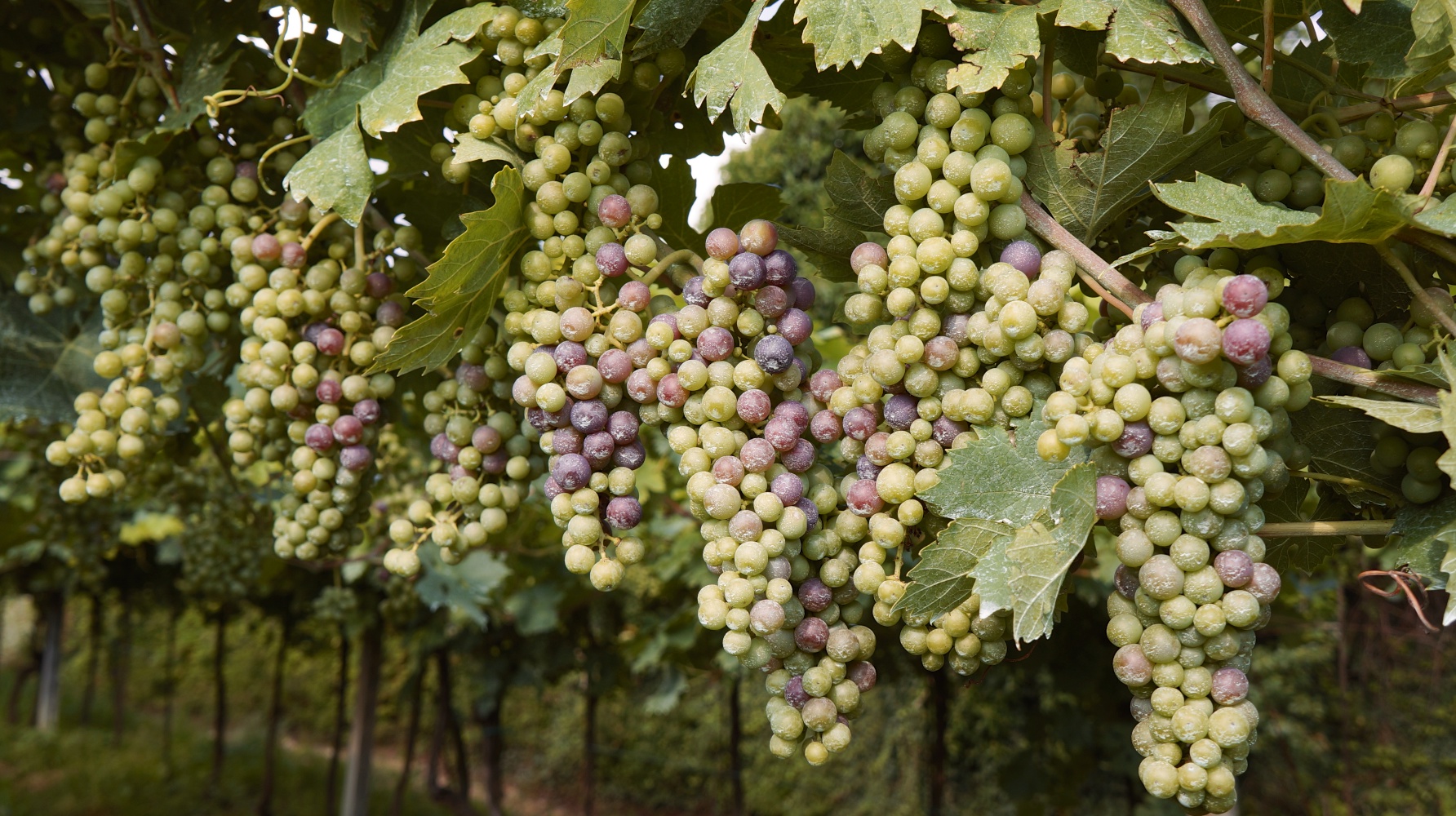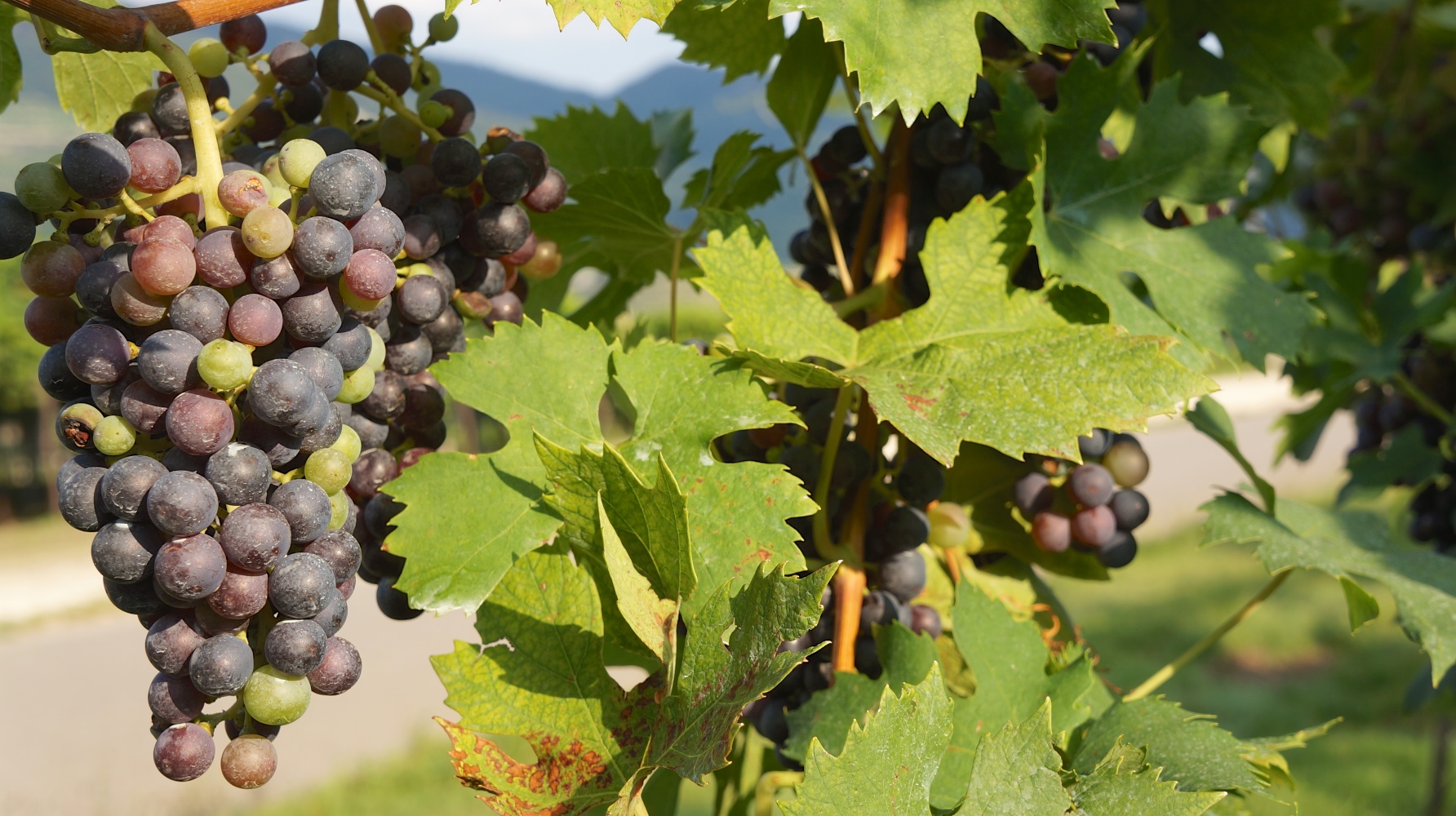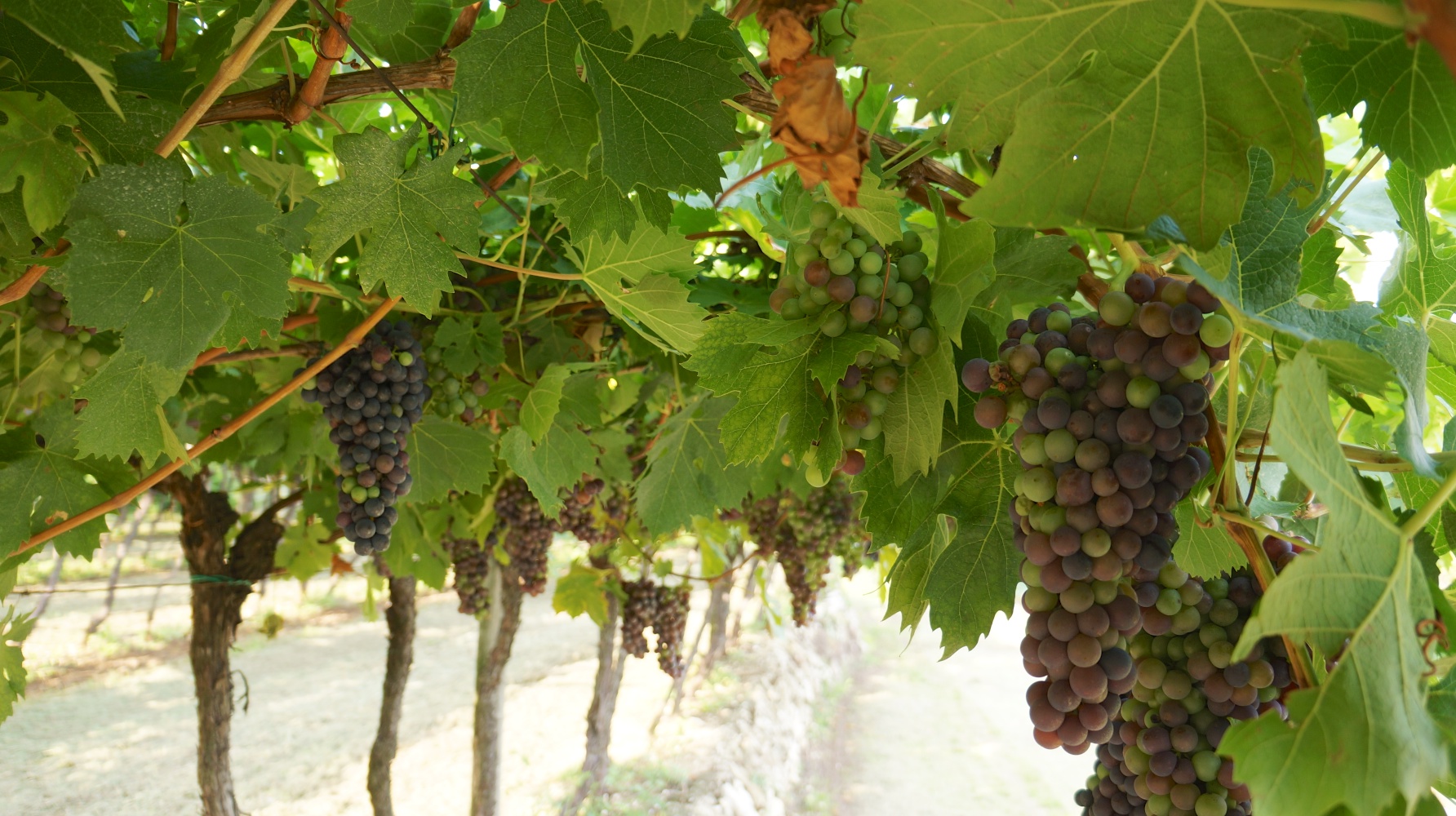2014: difficult harvest in Valpolicella? Our report
/Preparing for the harvest 2014: an old vineyard in Jago cru, near Negrar, Valpolicella
The vintage 2014 in Valpolicella risks to be remembered for its rainfalls and fungal aggressiveness: to find a similar one, you have to come back to 1995. Due to a month and half of heavy rain, hail storms and excessive soil humidity, the health of grapes seems to be undermined almost everywhere, with the exception of some hills exposed to local fresh winds.
Currently, this is the situation (data from the regional Institute for Agricolture - Veneto Agricoltura, August 2014 report, in Italian):
- after a dry winter, with temperatures above the season’s average and with almost complete absence of frost, the beginning of spring was in the standard in the main climatic factors.
- later, the season has been characterized by frequent rains also of high intensity - the amount of rainfall has already exceeded the average annual precipitation for the entire year (see graphics below) - with repeated hailstorms although not particularly heavy. The incessant rains have led to a less intense but more widespread brightness that may have consequences for the sugar content of the berries.
"It’s likely to expect a lowering of the production, although there is a variability among the different areas"
"To dry the grapes (for Amarone and Recioto) seems to be a difficult decision to take for Valpolicella producers"
- The phytosanitary situation is complex and uneven: there are strong attacks of downy mildew on leaves, particularly those of last generation and on secondary shoots. The grapes show obvious burns from sunstroke (data are from the first week of July) .The main problem though is botrytis, especially on grapes struck by hail.
- The sugar level, because of the continuous rains and low light, will have values edium- low, while the degree of total acidity will be high.
- The pigmentation in black grapes will be low - medium, unless the rest of August will be warmer and sunny. For Valpolicella grapes there can be issues during the drying process, due to the high inoculum of mold in the berries: a careful selection of the grapes to be set aside will be needed.
- A good news is the increased presence of flavors, because the bunches have not undergone thermal stress in the stage of their ripening.
Forecast for the Valpolicella production in harvest 2014
It’s likely to expect a lowering of the production, although there is a variability among the different areas: for example, in the hilly areas the production should be in line with previous years. The quality of the product will likely be adversely affected by an excessively humid climate trend.
The Consorzio di Tutela Valpolicella (the Association of Producers in Valpolicella) decided to lower the quantity of grapes to be set aside for drying (in order to make wines like Amarone and Recioto della Valpolicella) from 65% to 50%: a quite optimistic lowering move, because the grapes (as reported by our sources) in good health conditions are very few, and it would have been more cautious to decide to put aside only a very small quantity of grapes - not more than 25%. Indeed, regarding the current vintage, to dry the grapes (for Amarone and Recioto) seems to be a difficult decision to take for Valpolicella producers.
Amarone della Valpolicella 2014 will be on sale in a few years: to figure out what quality you have to expect. So, please, keep an eye now on the brands you are interested in more, and on their decisions.
In the graphics below, you can see an example of the quantity of rain fallen in Negrar, one of the municipalities of Valpolicella Classica, comparing the same period of time in 2013and 2014.
Rain falls in 2013, Negrar area
Rain falls in 2014, Negrar area
Some pictures just taken in Fumane, Marano, Torbe and Negrar
A short gallery, just to show you how is the situation currently in Valpolicella vineyards.



